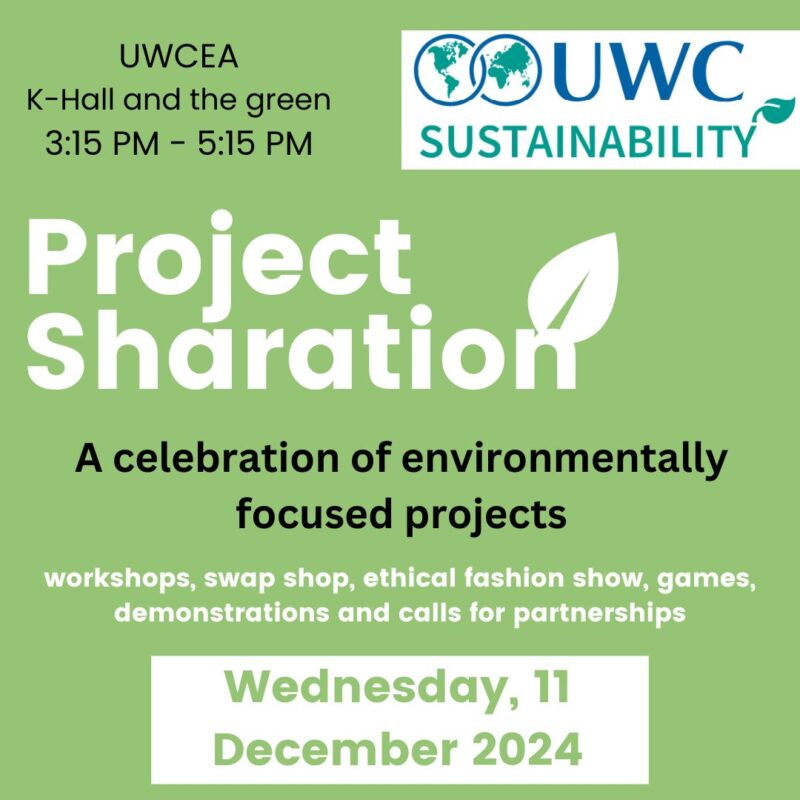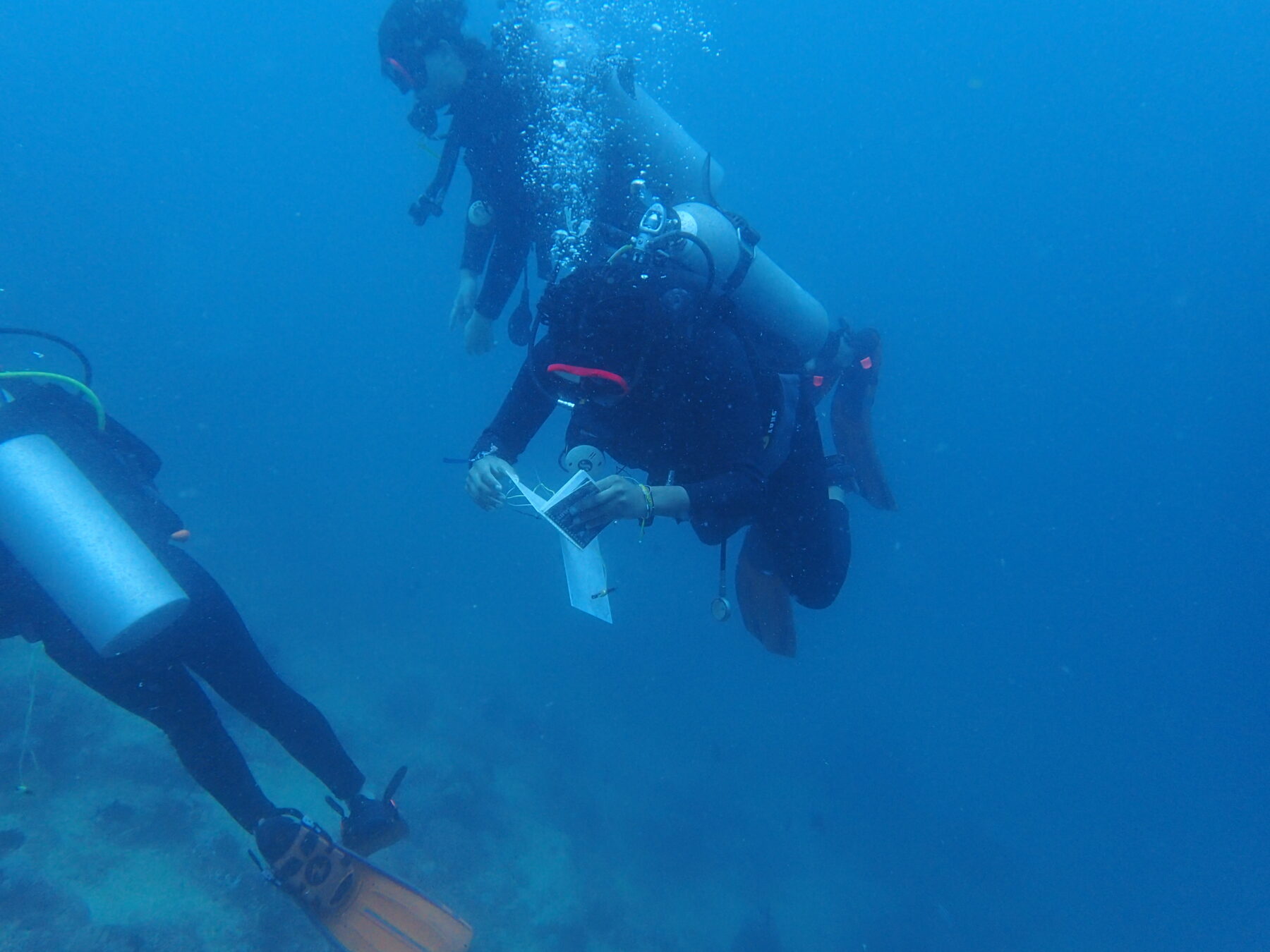
A dive into the future of our oceans
Details
By Sara Yding Lindquist
From the city to the sea, from Hong Kong to Puerto Galera, from a world we know to a world we don’t.
The Coral Monitors CAS group from Li Po Chun spent five days underwater to better understand the world that provides us with so much yet is still one of the greatest mysteries to humankind.
We arrived at La Laguna Beach Club & Dive Centre, where we had a week of diving and learning about the importance of and threats to the marine environment ahead of us.
Three kind and experienced dive masters were expertedly guiding us through the surface and the surges into what would prove to be the most incredible and indulgent sight.
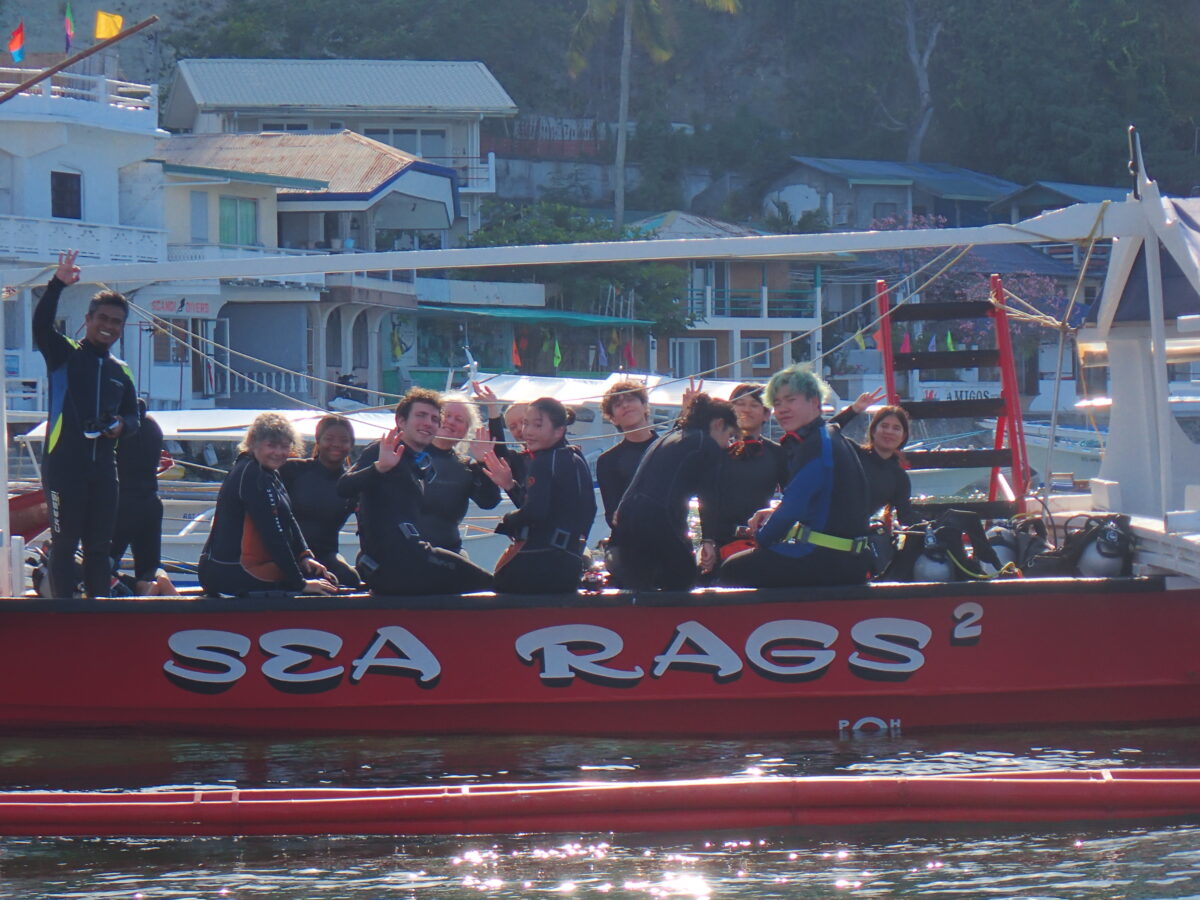
Through our masks, we saw a disarray of colours, shapes, textures, and movements neither of us had witnessed before. Sweetlips and sea snakes, barracudas and butterfly fish, urchins and octopuses, turtles and trachyphyllias, starfish and sailor’s eyeballs. All the pictures in the ID books suddenly came alive, and the breathtaking photos of coral reefs were not still photos. They were reality.
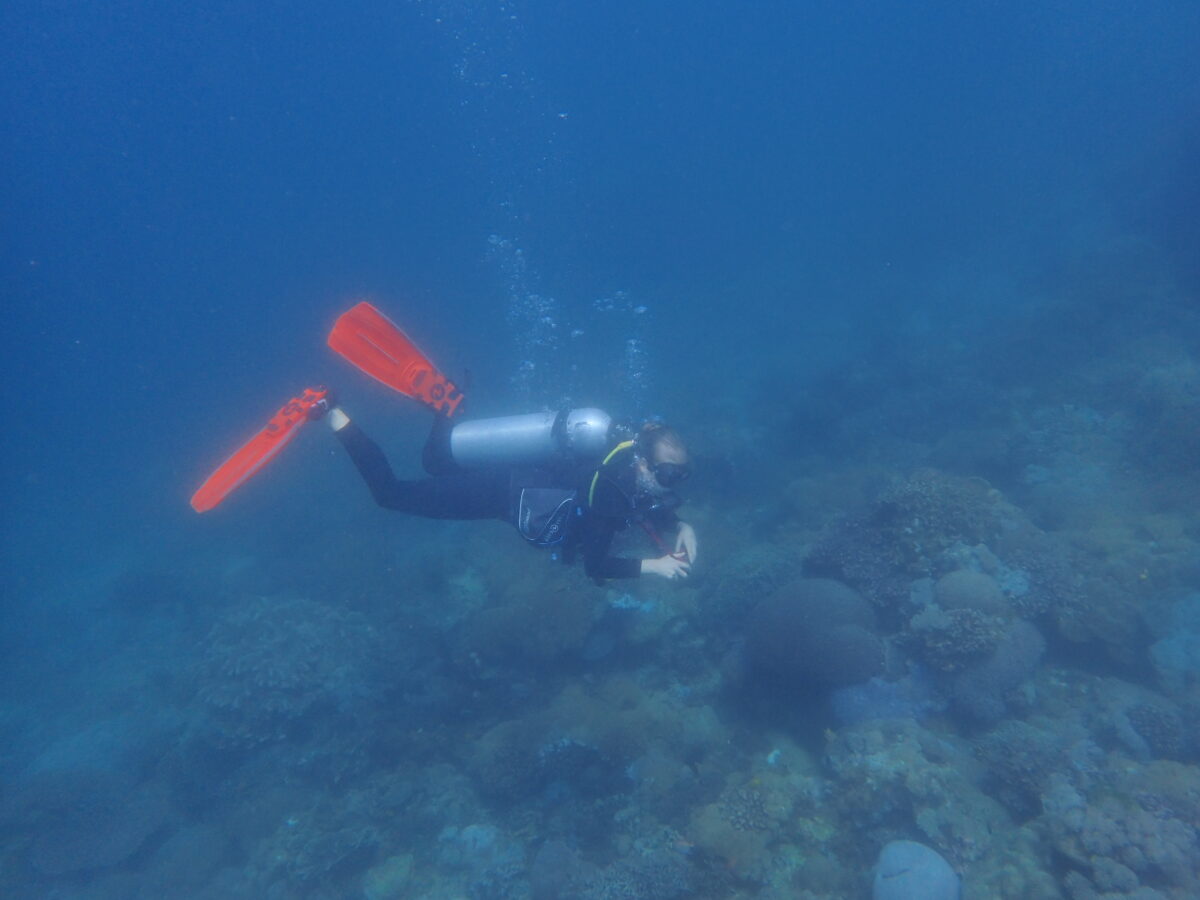
But with reality comes all aspects, and not only did we have a spine-chilling experience as we soaked in the immense beauty—the bleached corals, diseased corals, half-killed, recently killed, or long since killed corals were like a punch in the face.
At first sight, we adjusted our masks to wipe off the awful sight, but the masks were fogless. We were not deceived. What we saw was the detrimental effects human activities and climate change have on the vital yet fragile coral reefs.
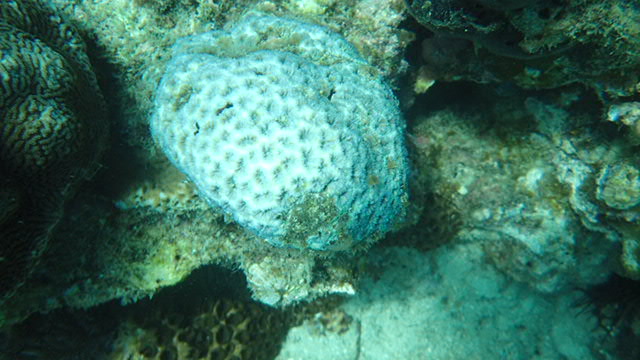
We are all continuously reminded of warming oceans, bleaching corals, and degradation of ecosystems. Still, one of the most prominent threats to the marine environment is the invisibility of said threats. Many people are aware of climate change on land merely because we are faced with them every day. However, because the destruction of the underwater climates is not visible to everybody, let alone accessible, it becomes a matter of not only mitigating the environmental damages but also of raising awareness effectively enough to influence people to make conscious decisions about protecting and redeveloping our dying oceans.
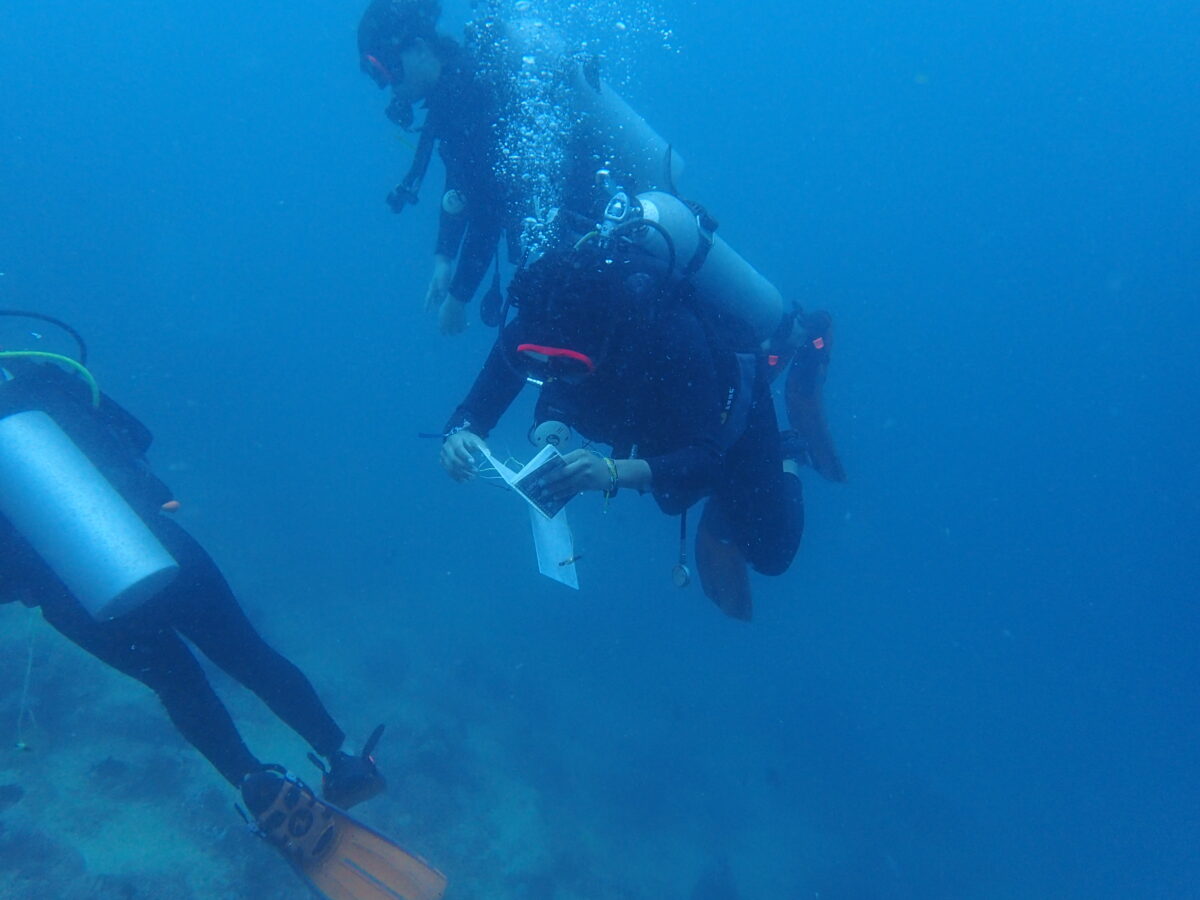
That’s why the Coral Monitors have been meeting week after week for over two decades now. To learn about marine sustainability, to understand the problems and possibilities, to execute citizen science in the seas, to spread the word of the oceans’ need for help, and to promote a sustainable approach to utilising and managing the marine ecosystems.
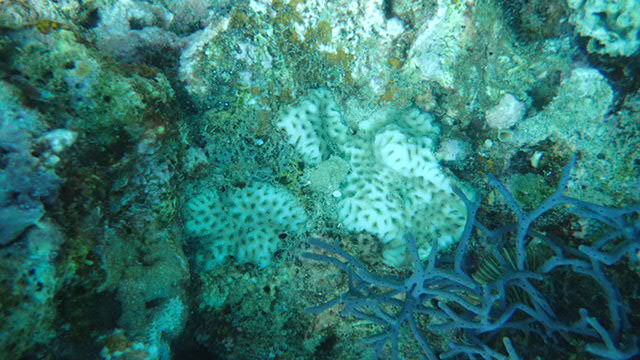
For two years, we have been a part of this movement and journey, and due to the knowledge, practical skills, and comprehension we have gained, our journeys will not end with this school year. We have committed to preserving the wonders of the underwater world, which is not only a question of the survival of marine habitats and ecosystems but a vital question of the survival of the world.
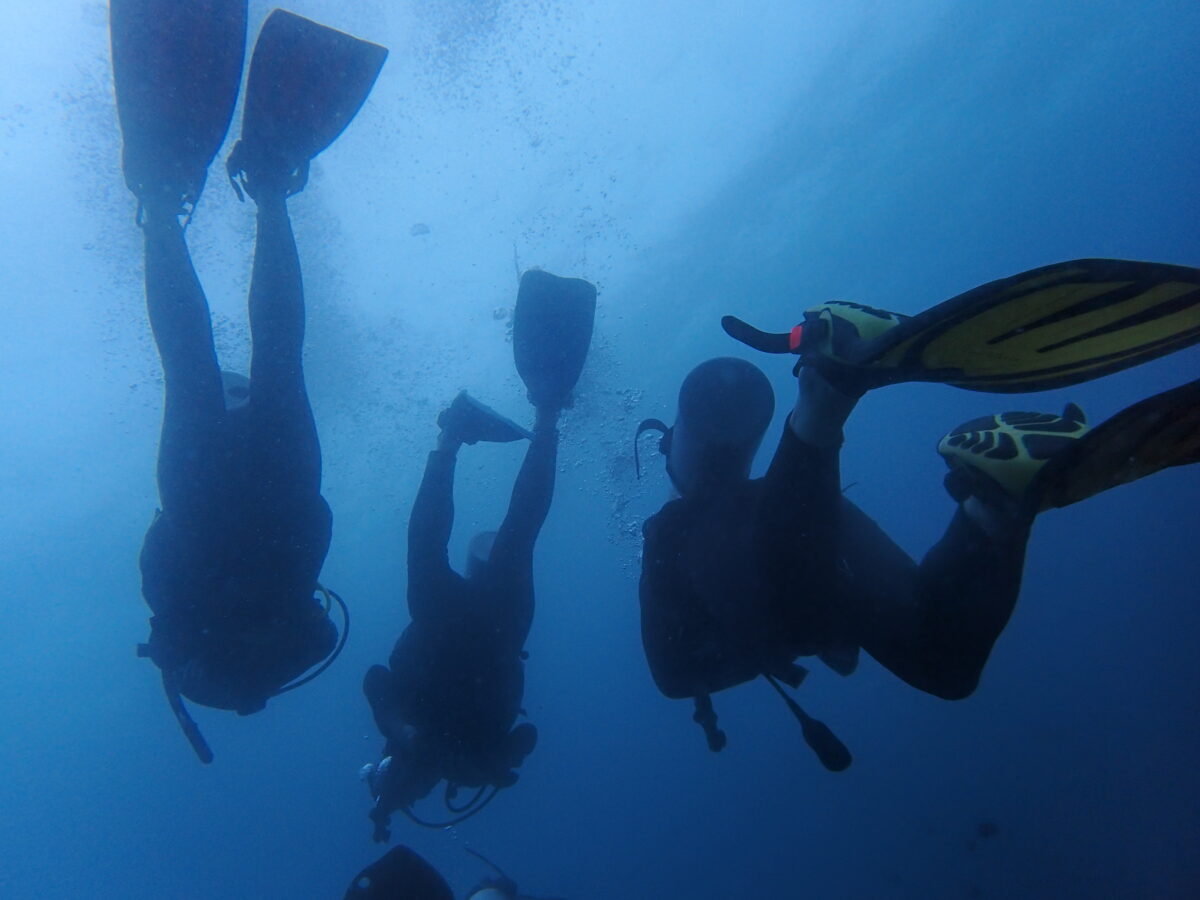
So from Hong Kong to Puerto Galera, the journey now continues into the future, destination unknown but the purpose very clear: to save the oceans.

